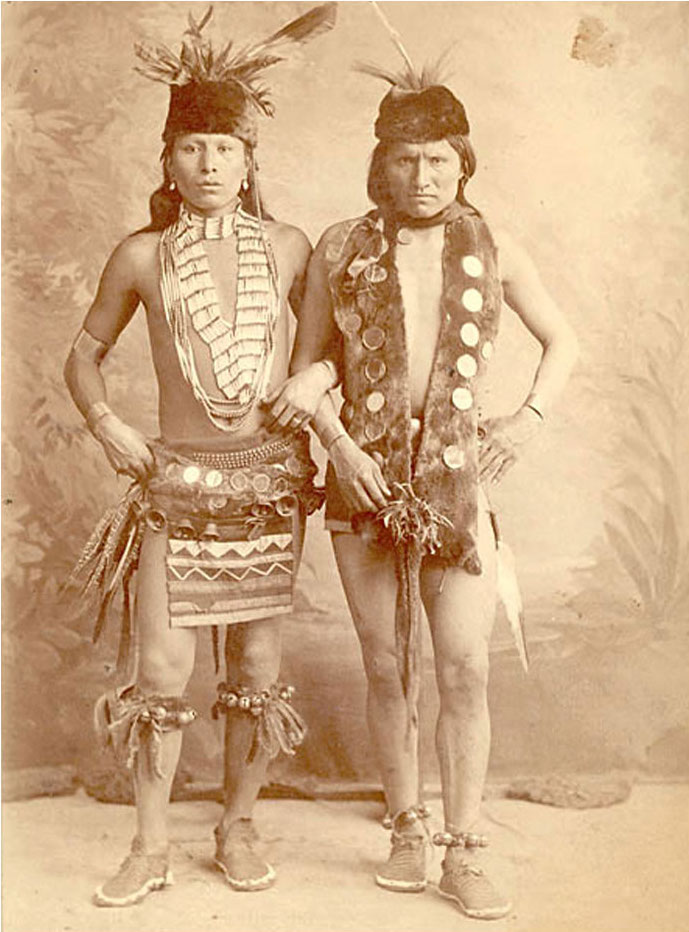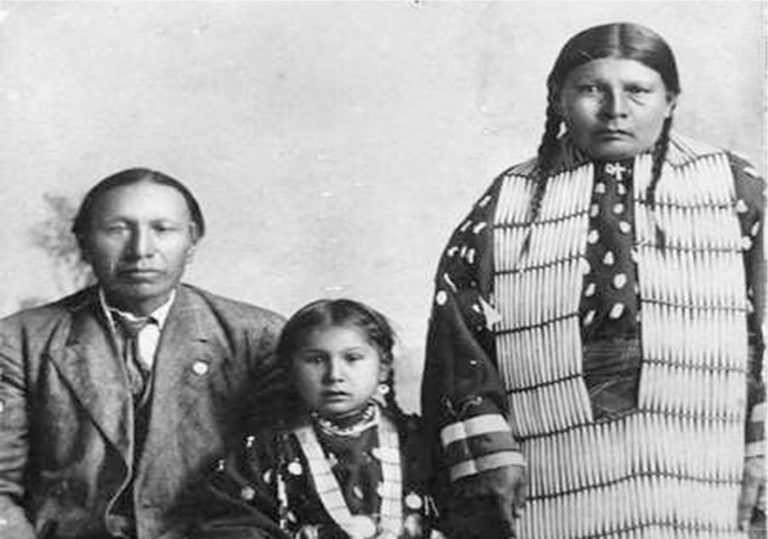This instance, and with the encouragement of his friend, Kills Brave, Black Elk converted to Catholicism. On December 6th, 1904, Black Elk was baptized, and he gave up his medicine. Because he was baptized on the feast of Saint Nicholas, Black Elk was given the christian name, Nicholas Black Elk. When asked why he said, “My children have to live in this world”. On the reservation, the Lakota were not allowed to meet in large groups and were strictly forbidden to dance their “pagan” dances and sing their “pagan” songs.
In 1930, the acclaimed American poet John G. Neihardt interviewed Black Elk as an historical source for an epic poem he was writing on Wounded Knee. Recognizing Neihardt as a kindred spirit, Black Elk revealed to him the full drama of his vision, previously only described in bits and pieces to his own tribe. Inspired by Neihardt’s enthusiasm and belief in this power, Black Elk returned to the center of the world seen in his vision — 7,242 foot Black Elk (formerly Harney) Peak, tallest summit of the Black Hills, — and dressed traditionally for the first time in decades, he offered up a prayer to Wakan Tanka for his people.

He and Neihardt remained close friends. Black Elk endorsed the monument at Mount Rushmore (he blessed it the day before it opened), and gave medicine man performances annually to educate white people about his religion. He was a devoted Catholic who walked to church every Sunday even when he was dying of tuberculosis, and he raised an extensive family. Members of his family still live on his property in South Dakota.
Black Elk spent many years of his life as a catechist in the Catholic faith. As a catechist, he was allowed to help his people with money, group gatherings, and prayer. Black Elk cared for his people and raised his children, resolved to push aside his childhood vision. He often walked for miles to summon a priest to administer last rights. Lucy states that, “If anything ever went wrong with my children, if he prayed, I knew everything would be all right. He had a way, since he loved little children.” Black Elk’s religion was strong and had a drastic impact on many lives. Many of the people Black Elk used to care for as a medicine man came to him for advice, and many followed in his direction.
Black Elk remained a holy man of the Oglala Lakota Sioux until his death on the Pine Ridge Reservation in 1950. He was a visionary who believed that our dreams were wiser than our waking thoughts.

